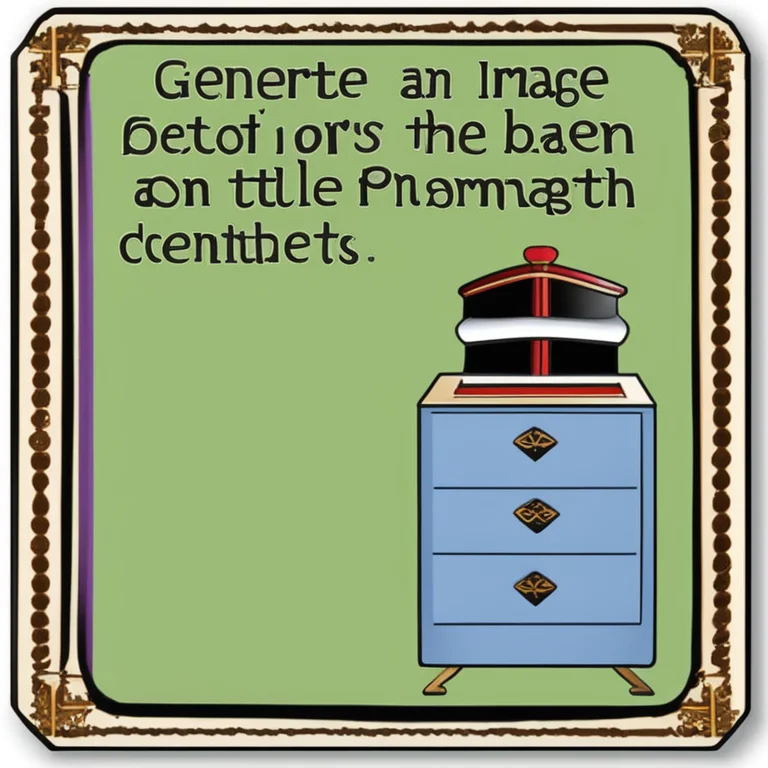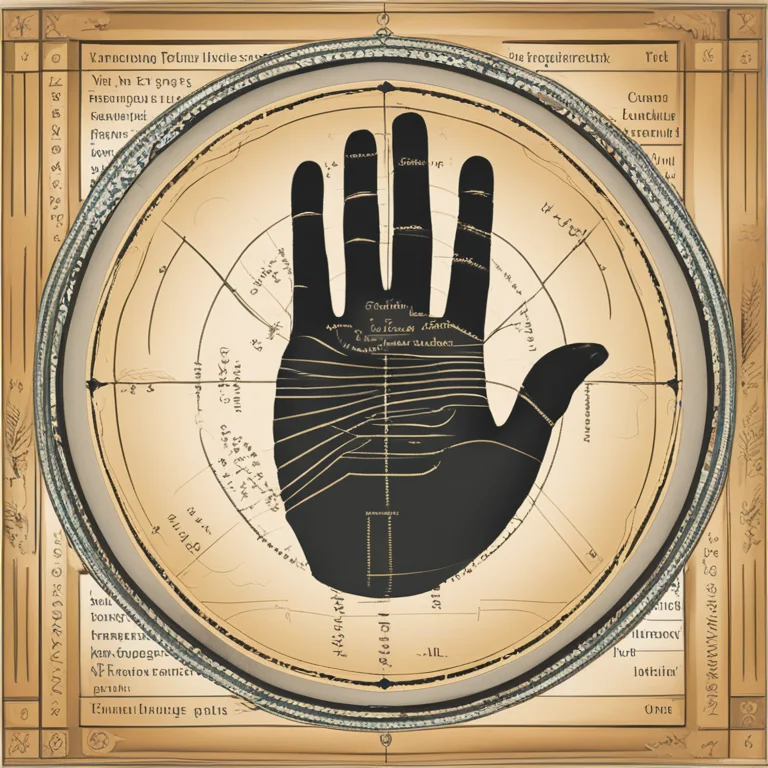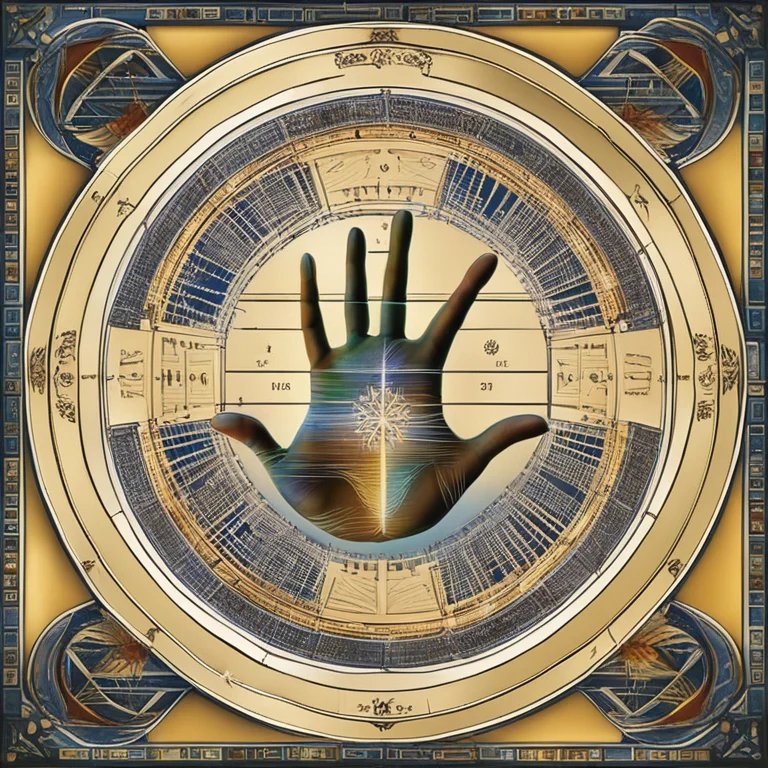
Is Palmistry Infallible? A Critical Perspective
This article examines the accuracy of palmistry and discusses factors that might contribute to potential errors in palm-reading interpretations.
article by Nora Pennington
Palmistry's Basis and Practice
Palmistry, the ancient art of interpreting lines and features of the palm to predict a person's future or reveal their characteristics, has been practiced for millennia. Its origins are shrouded in the mists of time, with roots in various traditions across the world, from India to China, and from Persia to Greece. Professional palmists consider many aspects of the hand, from the lines and mounts to the finger shapes and skin texture. Despite palmistry's longevity, the question often arises: Can palmistry be wrong? To answer this, one must delve into the nature of the practice and the expectations that come with it.

Palmistry: A Science or an Art Form?
Palmistry often exists on the fringe of cognitive sciences and is viewed by many as a blend of art and intuition rather than an empirical science. Unlike disciplines with standardized measurements and rigorous methodologies, the interpretations in palmistry can be highly subjective. Different palmists may read the same palm and draw different conclusions, and factors like personal bias, level of experience, and cultural interpretations can greatly affect the accuracy. Therefore, inconsistencies are not just possible—they're somewhat expected.

The Role of Interpretation and Intuition
Much of palmistry's potential for error lies in its heavy reliance on the interpretation and intuition of the individual palmist. These readers use their insight to translate patterns on the hand into narratives that might resonate with a person's experiences or characteristics. The inherently personal nature of palm readings means that the palmist's interpretative skills play a critical role in the outcome. While some practitioners may provide astonishingly accurate depictions, others might offer broad or ambiguous readings that miss the mark.

Changing Lines and Life's Unpredictability
An important aspect of palmistry is the belief that the lines on one's palm are not static and can change over time, reflecting life's evolving nature. Life events, mindset shifts, and even one's determination to alter their path can manifest as physical changes in the palm lines. This dynamic quality suggests that palmistry should not be seen as an immutable prediction of one's fate but, perhaps, as a snapshot of their potential future or current disposition based on the lines at a given time.

Skepticism and Scientific Scrutiny
Skepticism towards palmistry persists, especially among the scientific community, where empirical evidence is the gold standard. Studies aimed at verifying palmistry's predictive capabilities have often been inconclusive or negative, with critics pointing out the Forer effect—where individuals believe vague, general statements apply specifically to them—as a common explanation for palmistry's perceived accuracy. The lack of repeatable, testable protocols further fuels the debate about palmistry's reliability.
Approaching Palmistry with Realistic Expectations
Potential clients of palmistry should approach the practice with realistic expectations, acknowledging that, like any interpretive discipline, it cannot guarantee 100% accuracy. Recognizing that the readings are more of an insight or guidance rather than a definitive map of one's destiny can lead to a healthier perspective on palmistry's role. As an art with a dose of subjectivity, palmistry may be best enjoyed as a reflective tool, possibly offering a lens through which to consider one's personal journey and choices.
Conclusion: Embracing the Art With Appreciation and Caution
In conclusion, while palmistry provides a fascinating tradition of personality and life analysis, it can indeed be incorrect or misguiding. The mingling of artistry and intuition with the ambiguous nature of the practice makes absolute accurateness an unrealistic expectation. For those fascinated by this ancient art, it remains a compelling service—so long as it's approached with an understanding of its potential limitations and a mindset open to interpretive possibilities.
Published: 1/11/2024
Modified: 1/11/2024
More predictions
Come back here soon to learn more about yourself and your future


Guide to Palm Reading: Lines and Interpretations
Discover the ancient art of palmistry with our concise guide to reading palms and understanding their meaning for life and personality insights.


Jupiter Mount & Palmistry:Exploring The Significance
Delve into the secrets of the Jupiter mount on your palm and discover how it reflects your leadership and ambition.